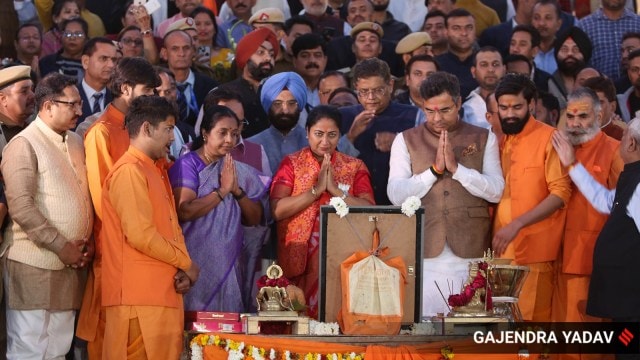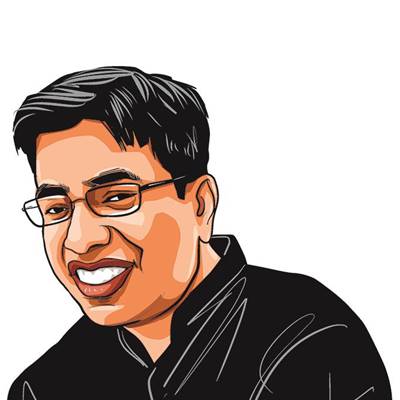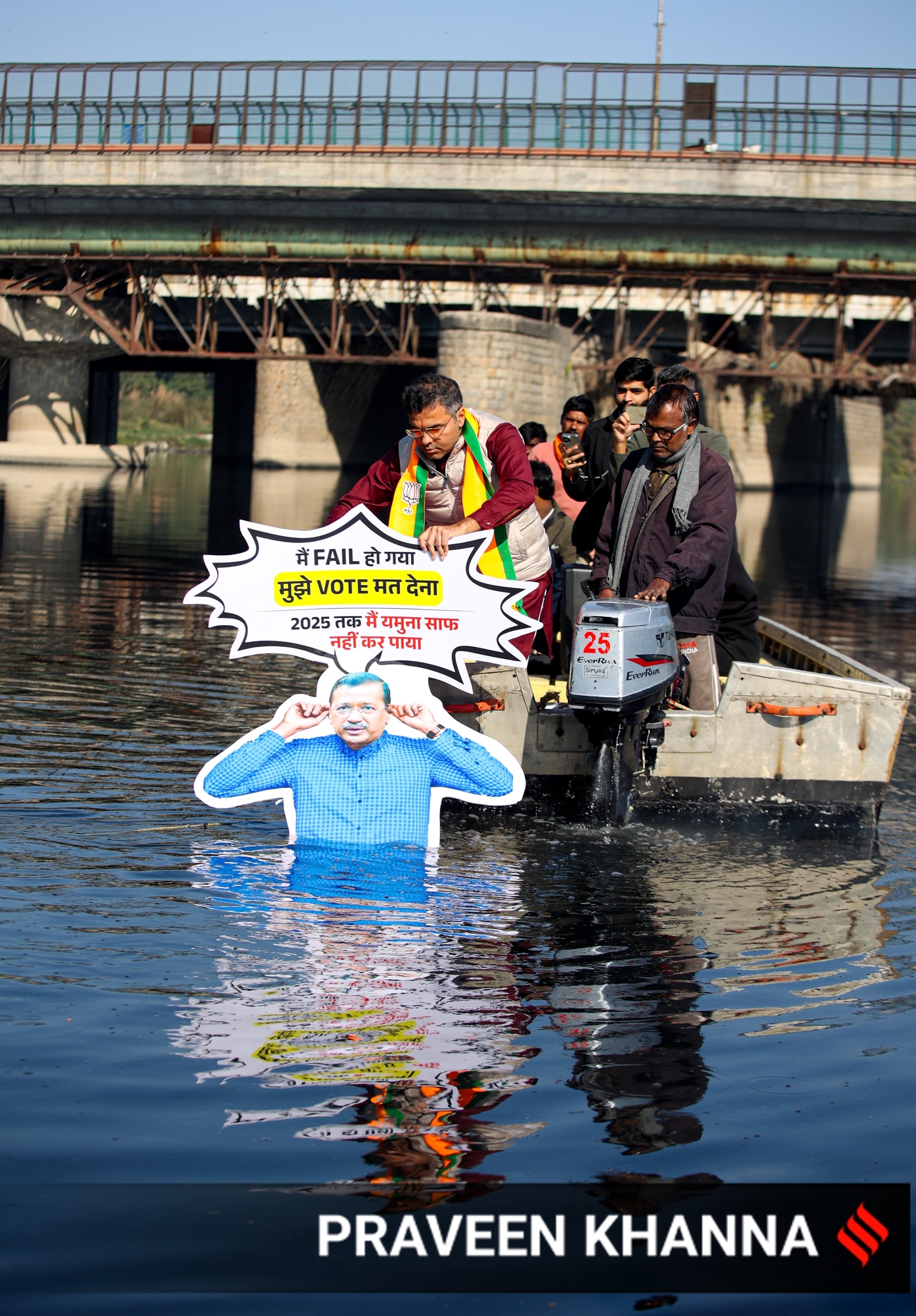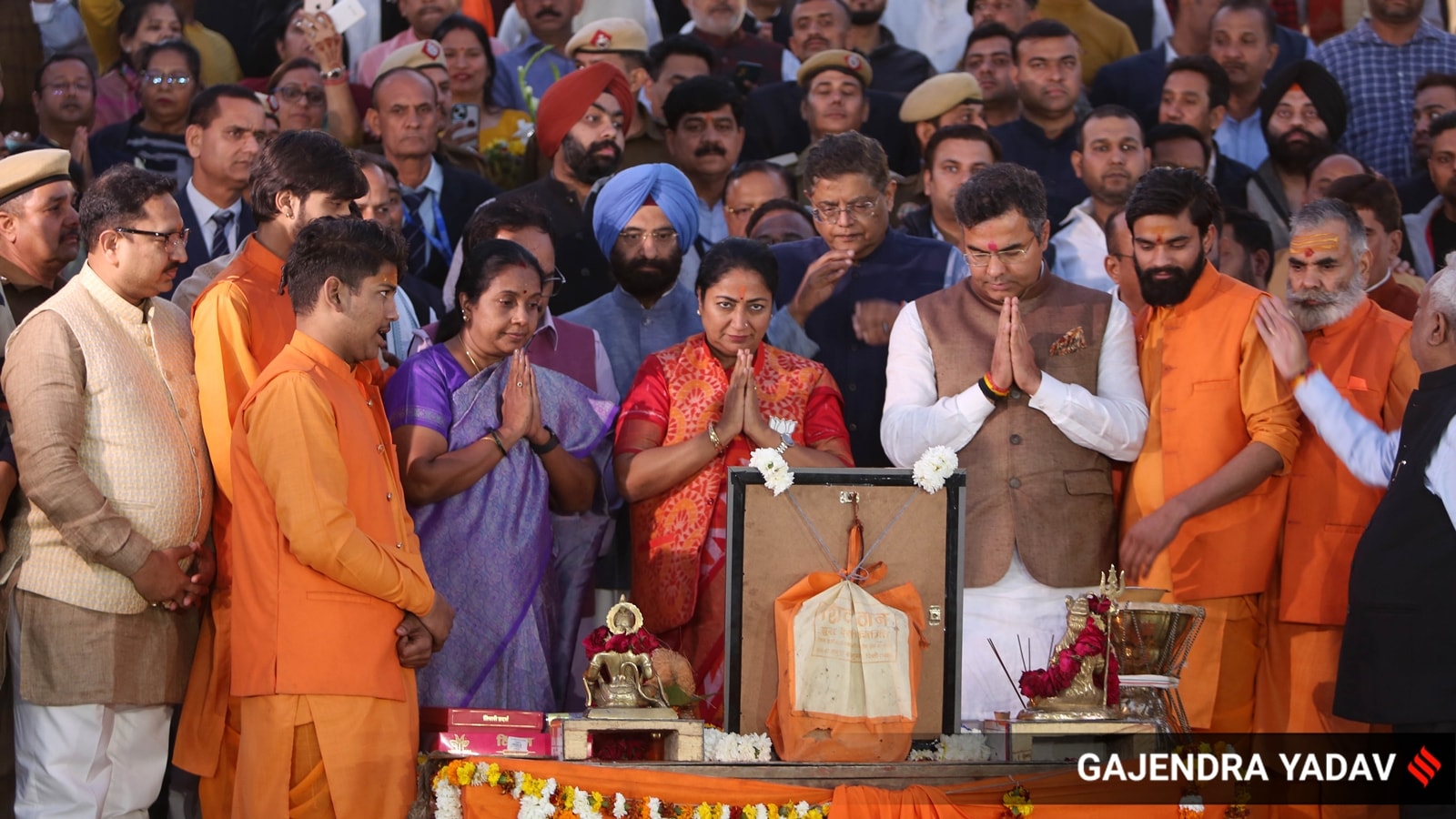

Feb 23, 2025 16:42 IST First published on: Feb 23, 2025 at 16:42 IST
In the run-up to the Delhi Assembly elections, the Aam Aadmi Party (AAP) and the Bharatiya Janata Party (BJP) traded charges over water quality in the capital. The AAP, which then held office in Delhi, accused the BJP-led government in Haryana of contaminating the Yamuna, precipitating a water shortage in parts of Central, South, North and West Delhi. The BJP retorted by accusing the Delhi government of hiding its own failures. The trading of charges over Delhi’s water was nothing new. Almost every lean season, the AAP government charged the BJP of using its government in Haryana to weaponise the Yamuna’s flow. The party holding office at the Centre accused the Delhi government of failing to frame long-term solutions to the capital’s water woes. Now that Delhi has a “double-engine sarkar”, the two BJP-ruled governments will have to walk the talk. They will be watched on how they resolve one of Delhi’s longstanding problems.
At the peak of the dry season last year, the Delhi Jal Board reported that the city’s water supplies – from the Yamuna, a large part of which is sourced from Haryana, the Upper Ganga Canal in UP and the Bhakra storage — were short by nearly 300 million gallons a day. With climate change making summers hotter and harsher, Delhi’s new government will have its task cut out.
Story continues below this ad
Sewage, equity
Water scarcity affects the poor disproportionately. Surveys have shown that 40-50 per cent of the city’s population depends on bottled water for drinking purposes. Studies have also shown that supplies in low-income colonies range from 40 to 60 litres per capita per day (lpcd), way below the standard of 135 lpcd, set by the Central Public Health and Environmental Engineering Organisation – an agency of the Union Ministry of Urban Development. During crisis periods, affluent neighbourhoods hire tankers. But this is a luxury for residents of slums and colonies of the poor.
A growing body of scholarship has underlined the need to re-imagine how water is supplied. Making a distinction between supplies for potable and non-potable purposes is among the main points of such studies. To begin with, planners need to re-thinking water sources. One option could be re-charging the now virtually defunct lakes – Sanjay Lake, Hauz e Shamshi, Neela Hauz, Bharadwaj Lake — by using the wastewater cleaned up at decentralised water treatment plants –ridding water of sewage at the locality level. With increased supplies the lake can recharge groundwater better and, in turn, cater to non-drinking water needs, instead of people depending on supplies garnered through high-cost pumping or from faraway sources. Research at organisations such as the Centre for Science and Environment has shown that using the water generated in the city can substantially reduce Delhi’s dependence on neighbouring cities.

In the past, the city’s administrators have rarely given adequate thought to the links between sewage and water. Study after study has shown that many treatment plants in the capital do not meet up to standards. Decentralised water treatment is a relatively new entrant in the vocabulary of the capital’s planners. The conflict between the AAP government and the Centre’s representative, the lieutenant governor, in the past five years meant that many plans for such facilities remained on paper. The new government will have to hit the ground running.
Story continues below this ad
Tapping the falling water
In 2016, the Delhi government made it mandatory for all public and private plots and properties measuring 100 sq m and above, as well as government buildings, to install rainwater harvesting (RWH) structures. This was a good policy on paper, but not much thought went into motivating resident welfare associations and in planning, designing and maintaining the harvesting structures. As a result, even when RWH structures came up, they quickly went into disuse.
most read
The changing weather patterns—far-above-normal rainfall over a few days, followed almost immediately by dry weather—require the Delhi Jal Board to coordinate with meteorological agencies and frame plans on the amount of water that can be harvested. However, the agency does not even have adequate data on the water that can be conserved in private buildings in the capital.
It’s clear that resolving the water shortage in a just and equitable manner will require plugging several gaps and joining many dots. Unlike its predecessor, the new Delhi government will not hide behind the excuse of a non-cooperating Centre. With summer barely two months away, the double-engine sarkar will be tested. It must get to work right away.
In the coming weeks and months, we will continue holding it to account.
Till next time,
Kaushik


